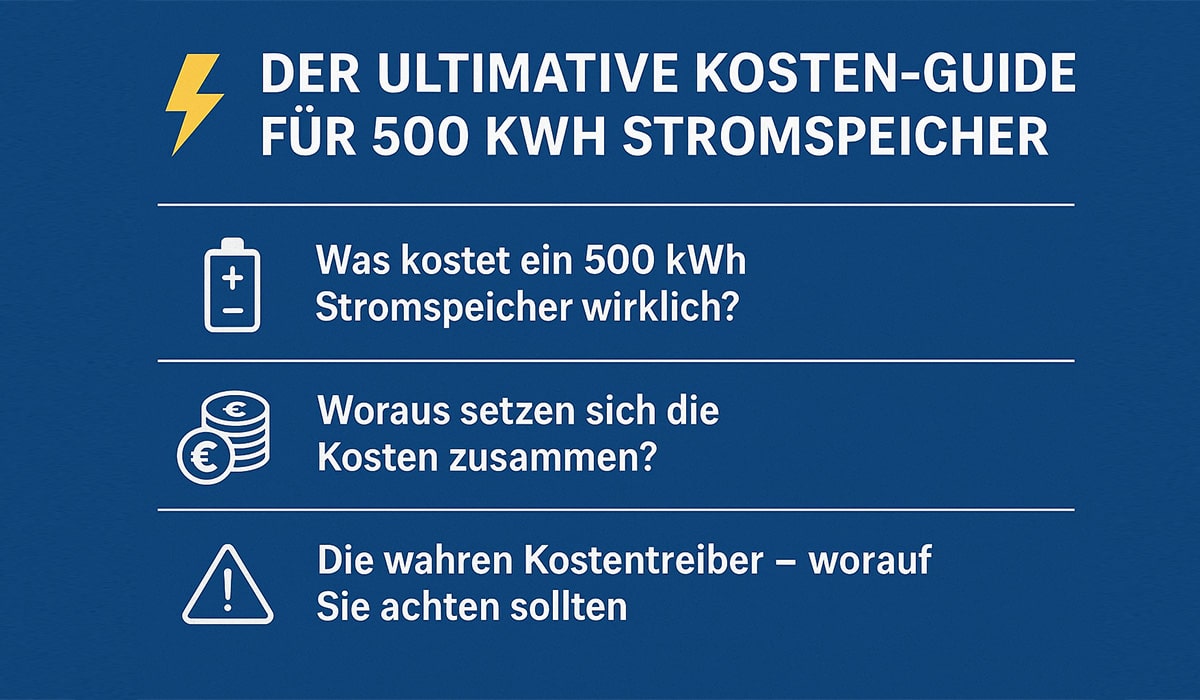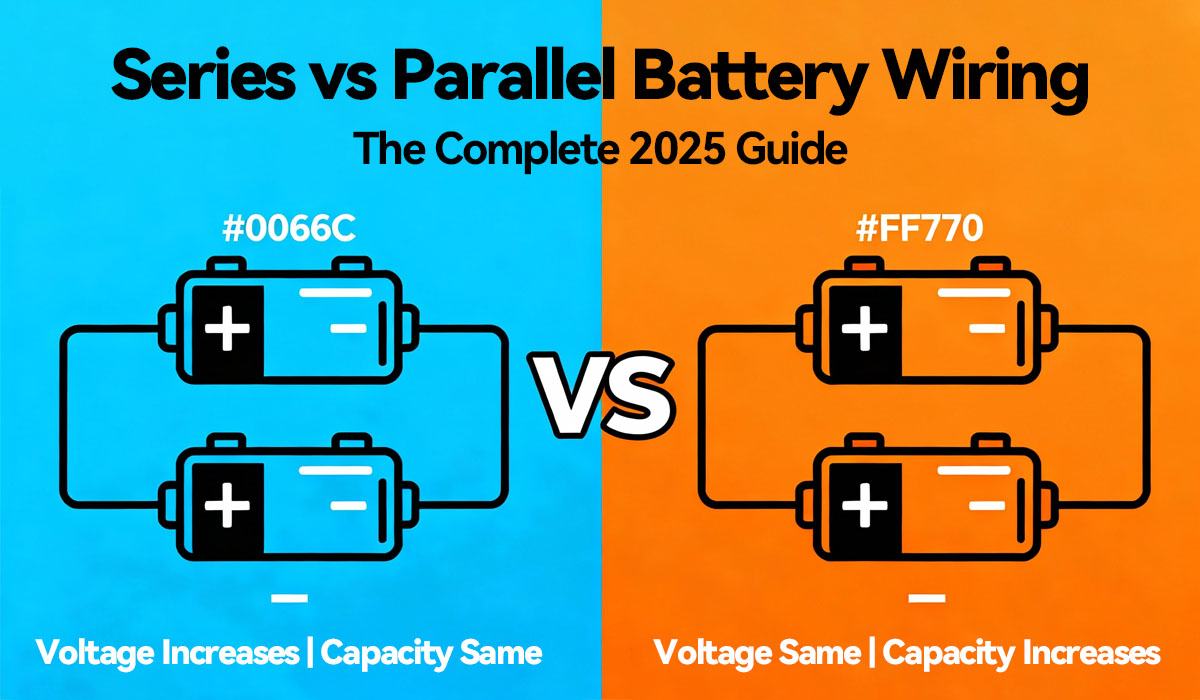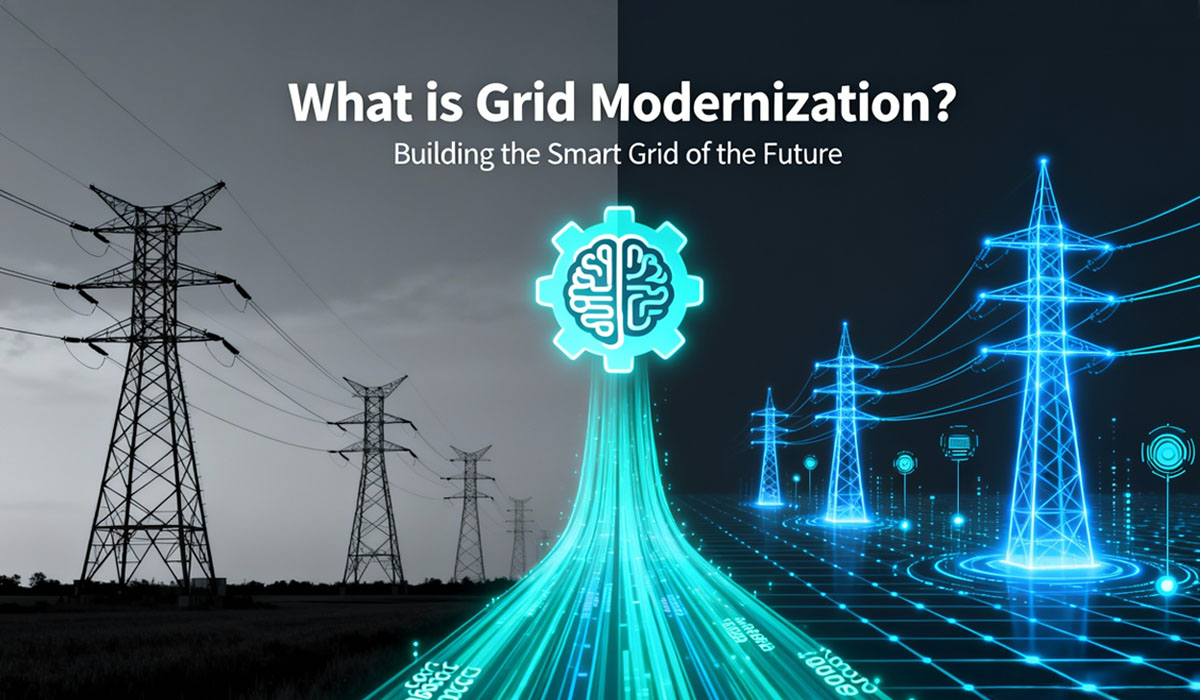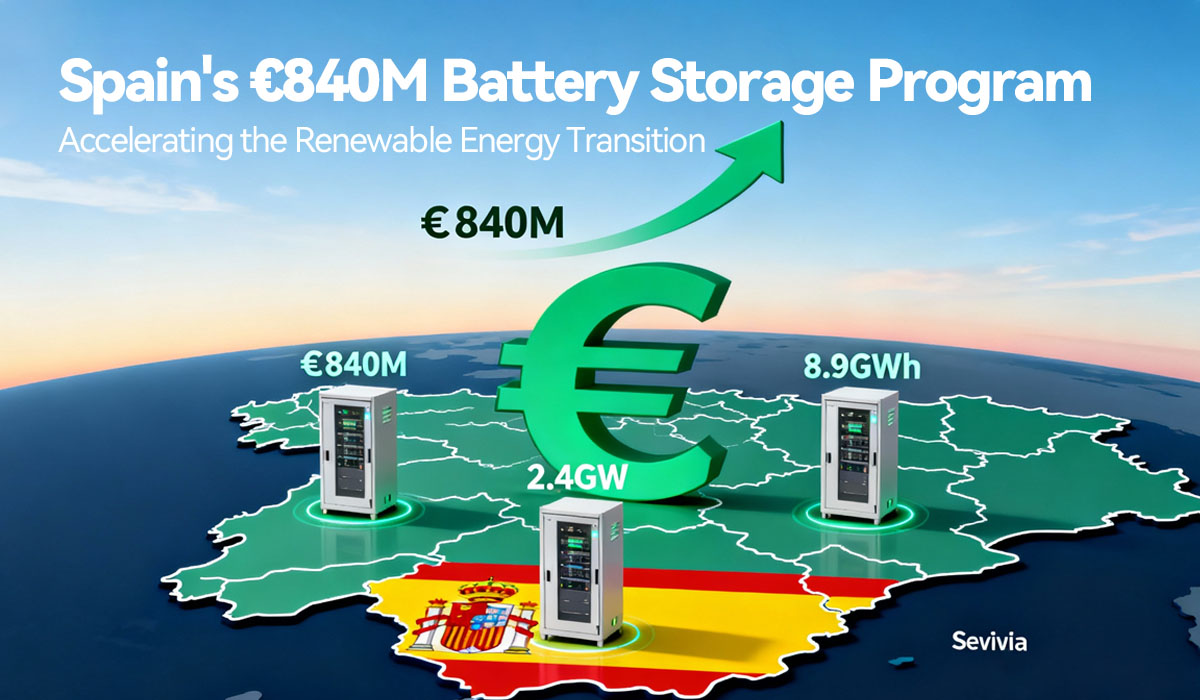Blog
Blog
Single Phase vs. Three Phase Inverters: Key Differences and Applications
Published by Dawnice, February 27, 2025
Inverters: Single Phase vs. Three Phase
Inverters are vital for converting DC power to AC power, enabling modern energy systems to operate efficiently. Among the most debated choices are single phase and three phase inverters, each catering to distinct needs. This article breaks down their differences, advantages, and ideal applications to help you make informed decisions.
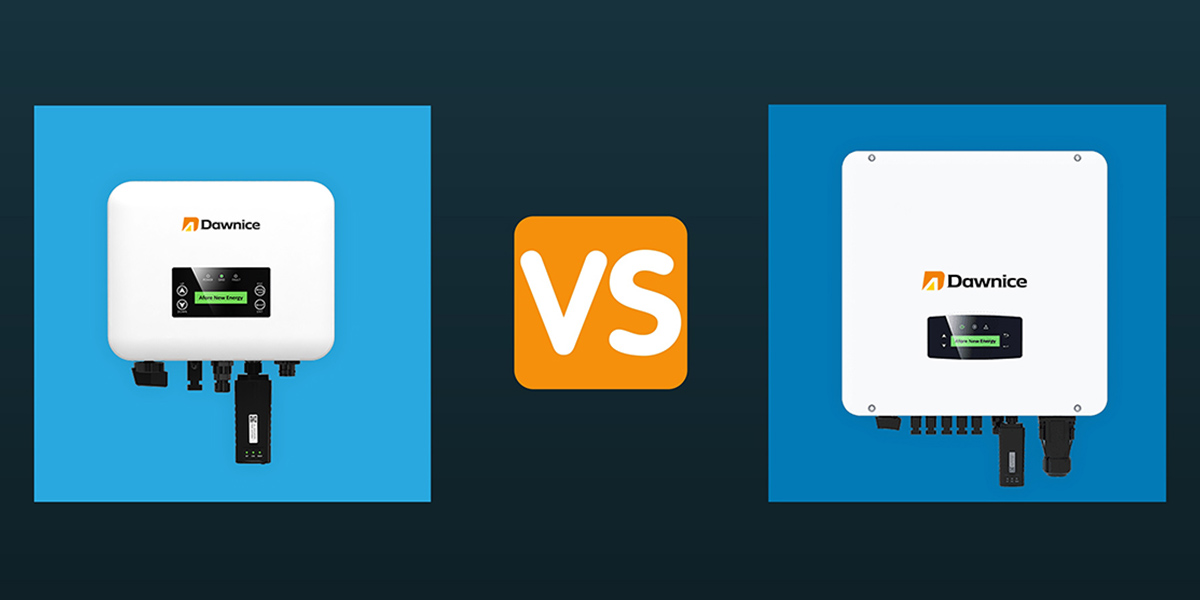
Single Phase Inverters: Simplicity for Smaller Needs
How They Work
Single phase inverters generate AC power using a single sine wave, typically outputting 120V or 240V. This simplicity makes them cost-effective and easy to install for residential or light commercial use.
Pros
- Affordable: Lower manufacturing costs translate to budget-friendly pricing.
- Compact Design: Ideal for homes, small appliances, or off-grid setups.
- Battery Compatibility: Easily pairs with backup systems for unstable grids.
Cons
- Limited Power: Unsuitable for heavy machinery or high-demand applications.
- Voltage Fluctuations: Less stable under load spikes compared to three-phase inverters.
Applications
- Residential solar systems (e.g., Dawnice HomePower 5kW).
- Small businesses with minimal energy needs.
Explore Dawnice’s single-phase solutions here.
Three Phase Solar Inverters: Powering Industrial Demands
How They Work
Three-phase solar inverters use three sine waves (120° out of phase) to deliver 208V, 240V, or 480V AC power. This design ensures smoother energy flow and higher efficiency.
Pros
- High Output: Supports large-scale operations like factories, EV charging, or data centers.
- Stable Voltage: Minimal fluctuations under heavy loads (critical for industrial machinery).
- Energy Efficiency: Reduces transmission losses by 15-20% vs. single-phase systems.
Cons
- Complex Setup: Requires professional installation and maintenance.
- Higher Costs: Advanced electronics increase upfront investment.
Applications
- Industrial facilities (e.g., Dawnice Industrial 30kW).
- Commercial solar farms needing grid stability.
Head-to-Head Comparison
-
Three-Phase Inverter
- Power Output: 20kW – 1MW+
- Voltage Stability: ±1% fluctuation (industrial grade accuracy)
- Cost: $5,000 – $50,000+ (suitable for corporate investment)
- Best Scenarios: Factories, Electric Vehicle Charging Stations, Solar Power Plants over 10kW
Single-Phase Inverter
- Power Output: 1kW – 10kW (home/small commercial)
- Voltage Stability: ±5% fluctuation (high load sensitivity)
- Cost: $800 – $5,000 (budget)
- Best Scenarios: Home PV systems, off-grid installations in remote areas, small retail stores
Key Comparison Summary
-
Power Capability
- Three-phase: Drives heavy machinery (e.g., 50 HP motors).
- Single-phase: Supports only basic appliances (e.g., air conditioners, refrigerators).
-
System Complexity
- Three-phase: Requires professional electrician to install (IEC 60364 compliant).
- Single-phase: DIY-friendly (plug-and-play design).
-
Energy Efficiency
- Three-phase: 98% full load efficiency vs. 95% peak efficiency for single-phase.
Application Suggestion
- If you need to drive a CNC machine or a large-scale solar farm → choose a 3-phase inverter.
- To power a suburban home or small business → choose a single-phase inverter.
When to Convert: Single Phase to Three Phase Inverters
If your facility only has single-phase power but requires three-phase output, 1 phase to 3 phase inverters (phase converters) bridge the gap:
- Static Converters: Budget option for light machinery (<10HP).
- Rotary Converters: Handle heavy loads (e.g., CNC machines) with minimal noise.
- Digital Converters: Precision control for sensitive equipment (e.g., labs).
Dawnice’s single-phase to three-phase inverter series offers seamless conversion with 98% efficiency, ideal for workshops upgrading to industrial tools.
Conclusion: Matching Inverters to Your Needs
- Homeowners/SMBs: Opt for single-phase inverters for affordability and simplicity.
- Industries/High-Power: Choose 3-phase solar inverters for stability and scalability.
Still unsure? Contact Dawnice for a tailored quote or explore our hybrid inverters combining solar, battery, and grid power.

